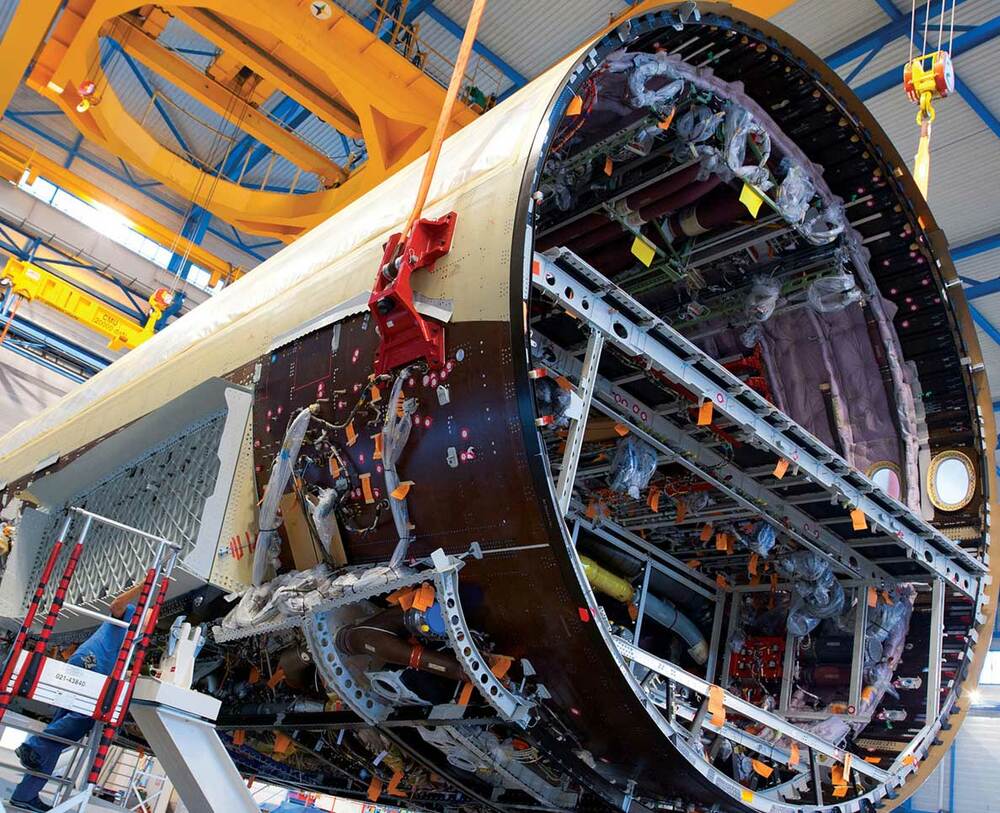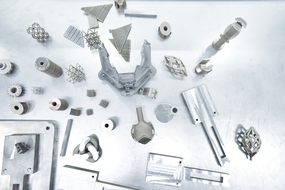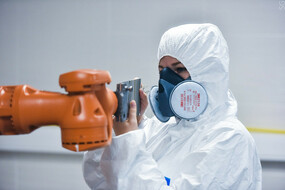Scientists from NUST MISIS have developed a method of producing composite parts for the aerospace industry, which has increased the strength of finished products by 15% due to a combination of laser technologies and isostatic pressing. The results of the study have been published in The International Journal of Advanced Manufacturing Technology.
The titanium-silicon composite material has unique mechanical properties necessary for the creation of air and land transport — high tensile strength and stiffness. Parts made of such composites are in demand by the aerospace industry.
The properties of this fiber composite are highly dependent on a fairly complex manufacturing technology, which implies a number of significant limitations. Due to the high chemical activity of titanium, the liquid state manufacturing methods are not applicable for the fabrication of titanium-silicone composites.
The research team of the NUST MISIS Hybrid Additive Technologies Laboratory offered a solution to the problem — a hybrid approach combining laser technology and hot pressing.
“The hybrid approach combining the laser powder bed fusion and encapsulated hot isostatic pressing was applied for the elaboration of composite part consisting of titanium alloy matrix reinforced by silicon carbide fibers,” said Andrey Travyanov, co-author of the development, a leading expert of the NUST MISIS Hybrid Additive Technologies Laboratory, the method assumes that the fibers can be placed in the matrix after the manufacture of a single element. After that, the part with the final shape could be assembled using the single elements. The consolidation of the final part can be performed by hot isostatic pressing. The high pressure and temperature will induce the shrinkage of the gaps between the matrix and fiber and promote the diffusion joining of matrix elements. Further insertion of fibers and assembling of several single elements permits the production of the preform with uniform distribution of fibers in the volume."
According to the developers, feasibility of the proposed approach was experimentally confirmed. As a result, the fiber-reinforced titanium alloy parts with a volume fraction of fibers equal to 17% were successfully manufactured.X-ray tomography revealed the absence of defects in the obtained part and a good contact between the matrix and the fibers.
Tests for three-point bending showed that the composite part created according to the new technology has significantly higher — up to 15% — strength and stiffness indicators than the part made of a massive titanium alloy.
Currently, the scientific group is working to optimize the technology and expand the range of manufactured parts.





